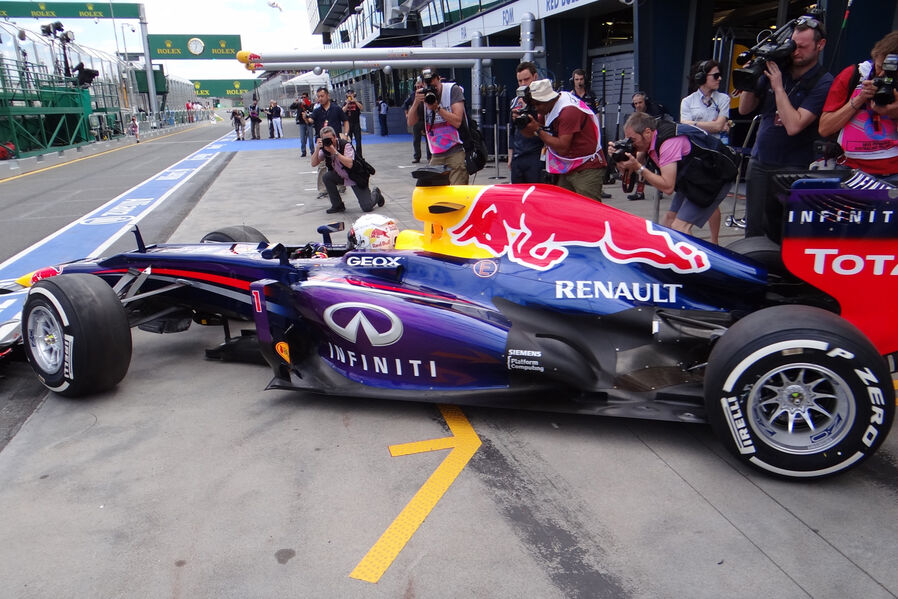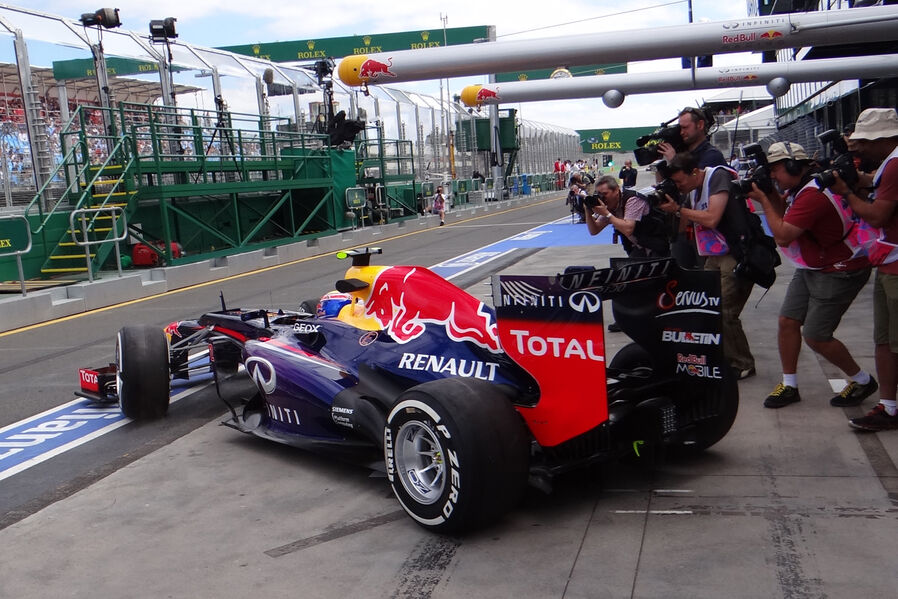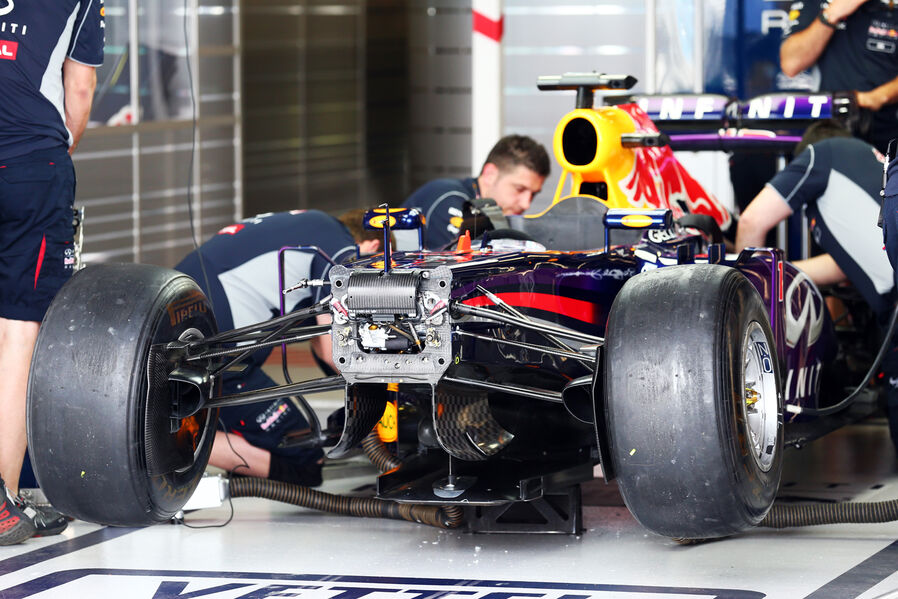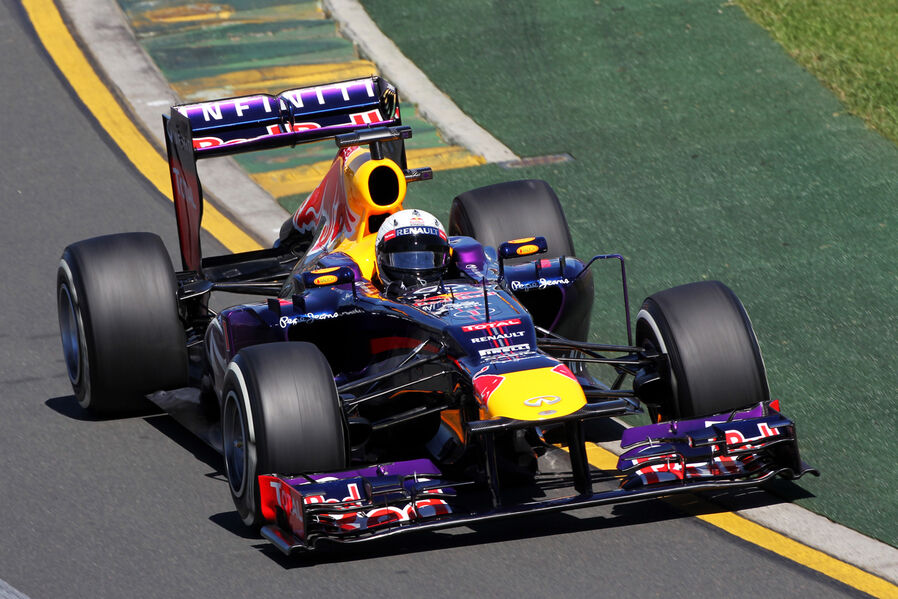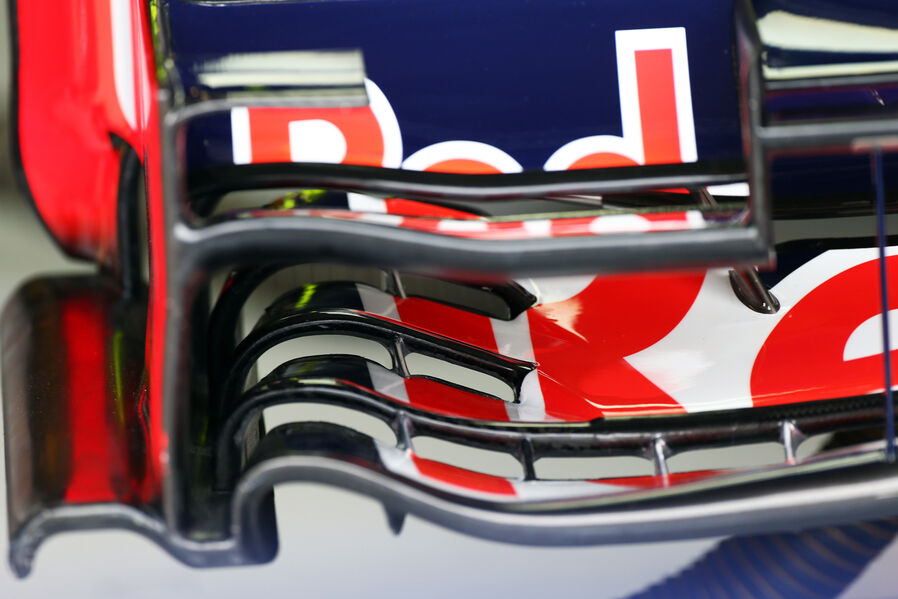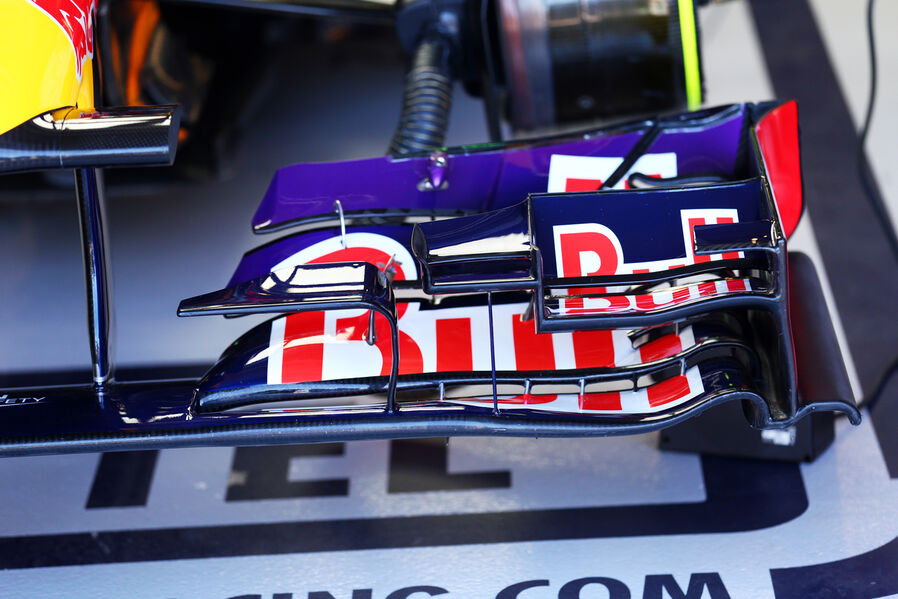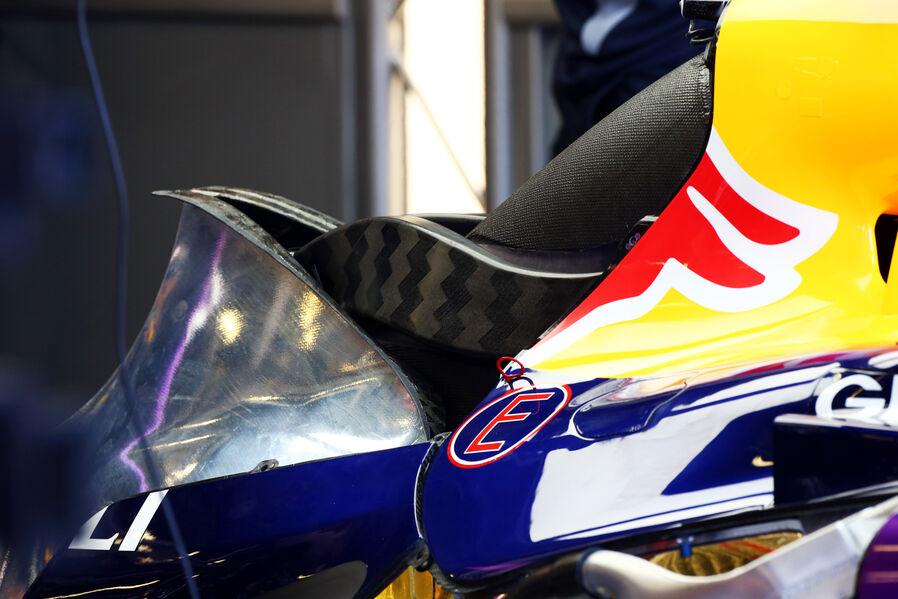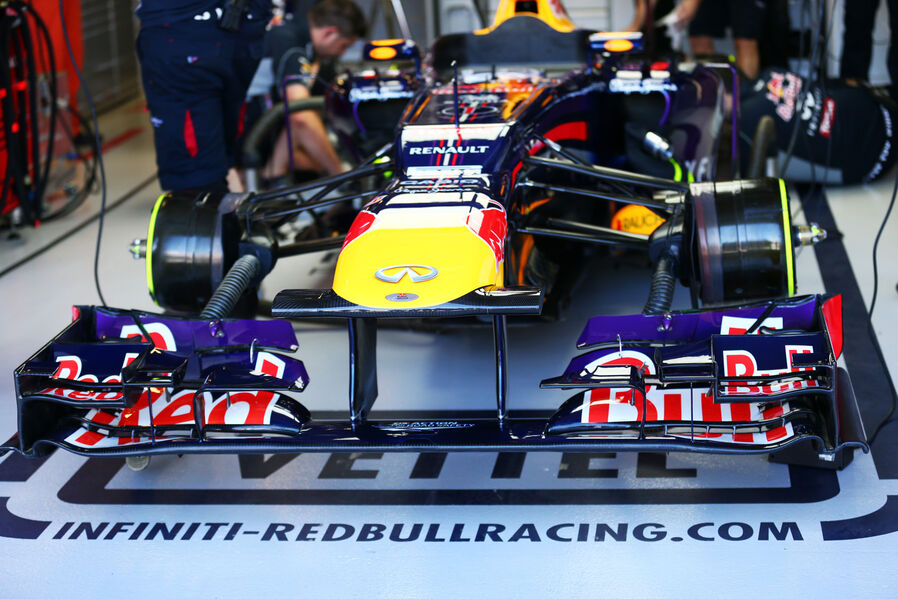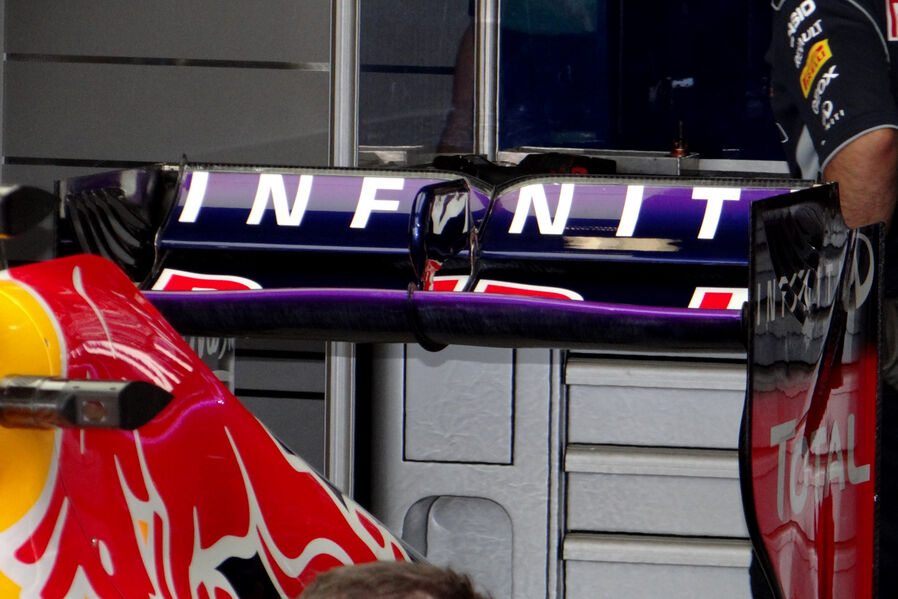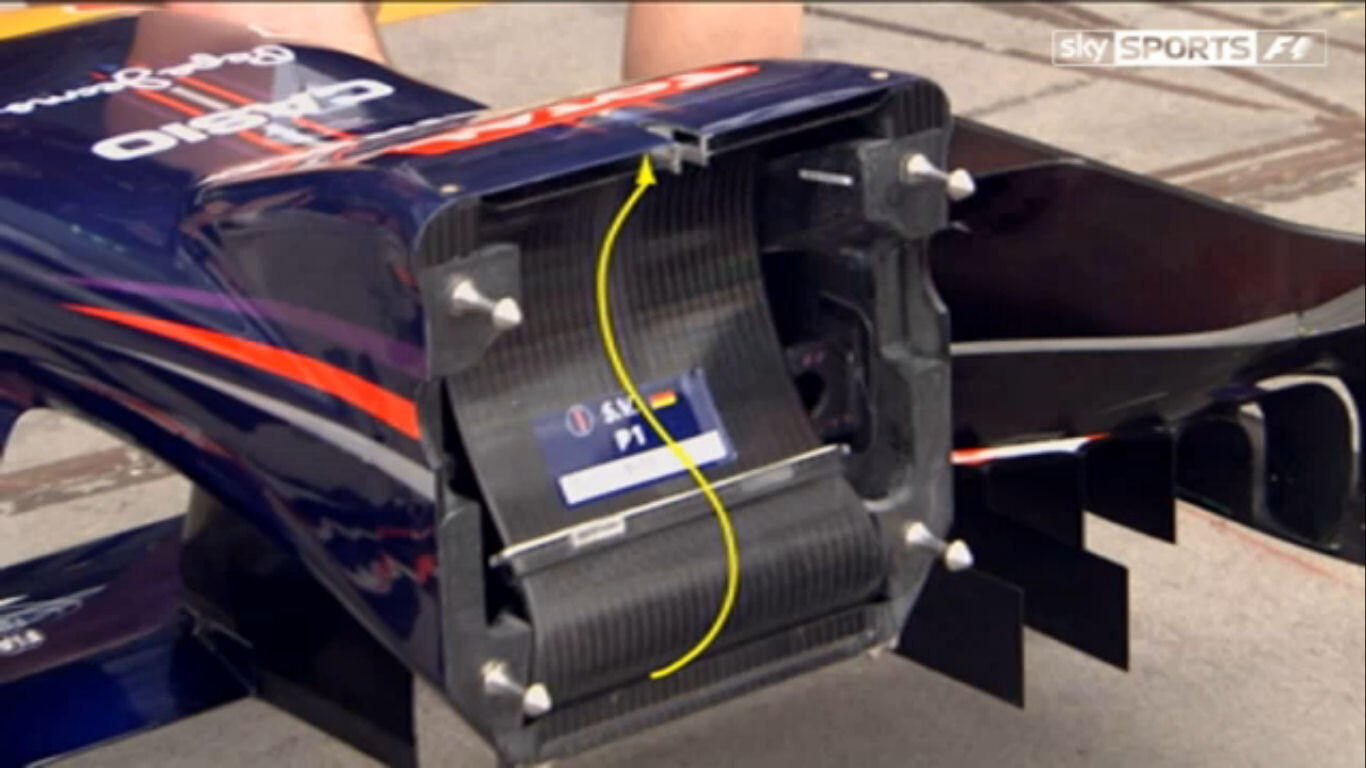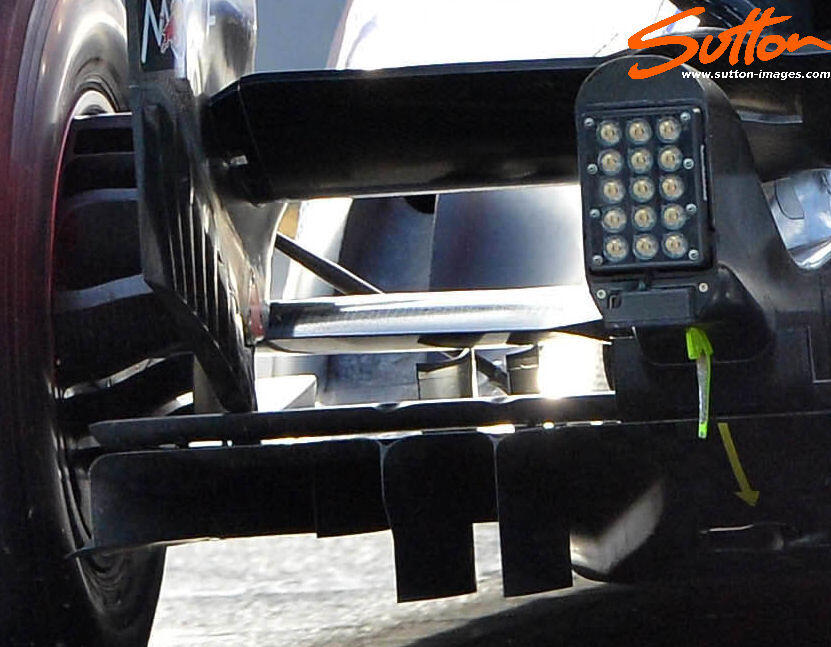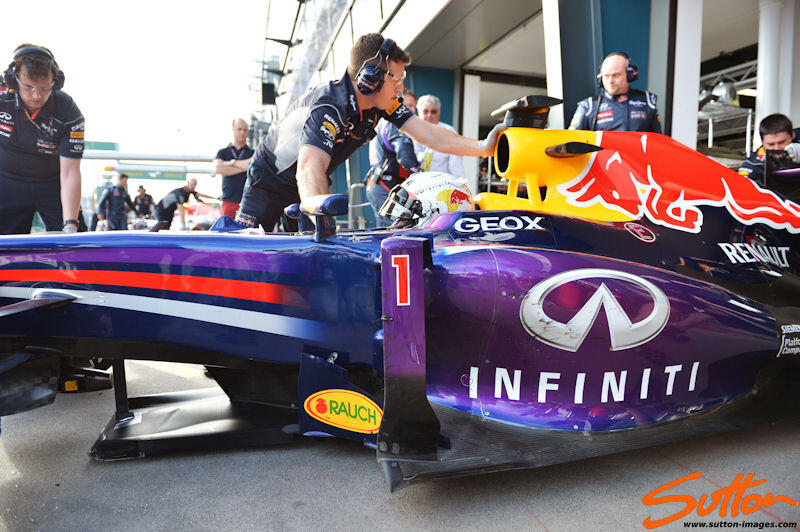Red Bull ran their version of the DRD (Drag Reduction Device) during the second day of the second and last Barcelona test.
Last year, from Singapore onwards Red Bull raced with their own version of the Double DRS (
http://technicalf1explained.blogspot.co ... ystem.html ). As such devices have been outlawed for this year. Teams have tested passive drag reduction devices, similar to the one Lotus introduced in the summer of 2012. Red Bull’s DRD however is neater than Lotus’.
Near top speed, air will bleed through the vertical duct, breaking up the flow, reducing downforce and subsequently drag. The system is made up of three main parts. The first is the intake which is not apparent, but it is hidden inside the roll hoop. The second is the outlet through which air will flow through at all times which is either below the beam wing are behind the rear crash structure above the diffuser and the vertical duct which blows on the rear wing.

During the third day, the team introduced their major upgrade package which included a new front wing, new nose, and a slightly revised tunnel underneath the coanda ramp.


Red Bull has changed their cascade wing philosophy, as it now curls down to meet the footplate vertically together with the endplate, similar to the way the main profile of the front wing is shaped. Additionally, there are now slots in the endplate to keep the airflow attached. This will improve the way the air flows around the front wheels.


The new nose is now slightly lower, and there is a new vanity panel which is no longer chamfered. The new nose still sports the holes at the bottom and at the top which form the S-Duct (
http://technicalf1explained.blogspot.co ... -duct.html).

New Nose

Old Nose
http://technicalf1explained.blogspot.co ... eport.html

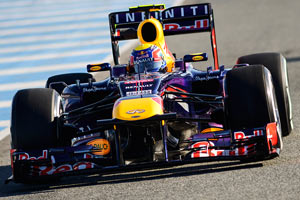


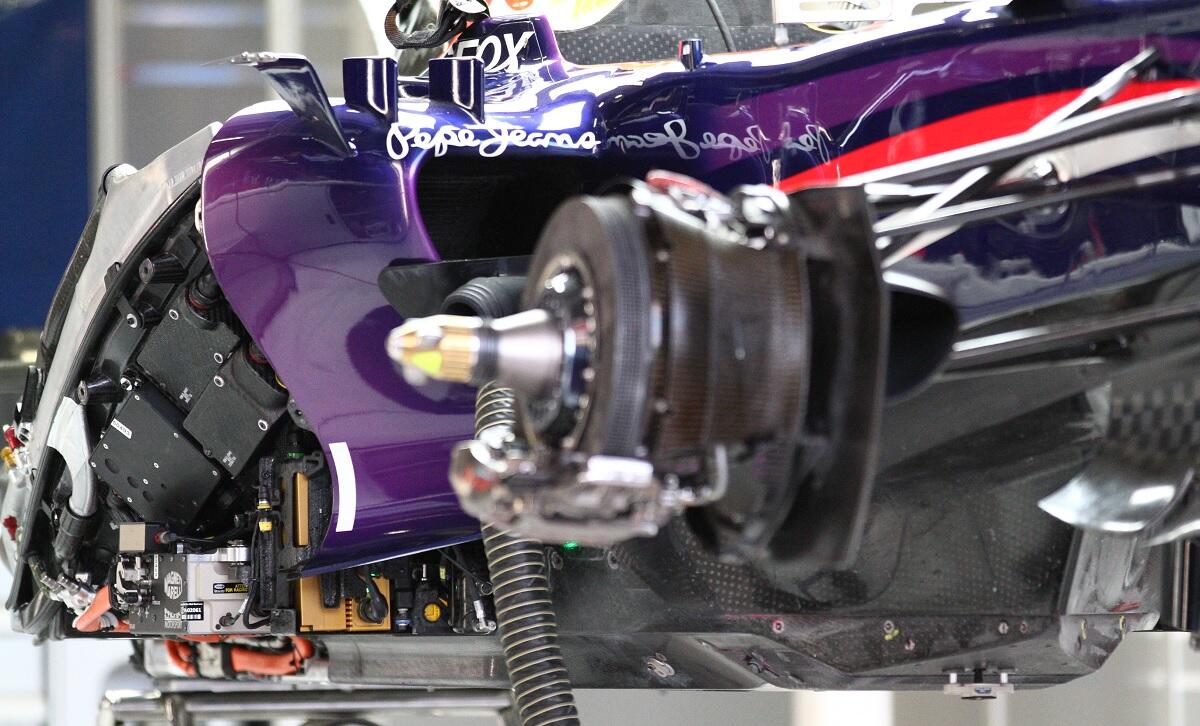











 [/URL]
[/URL]

